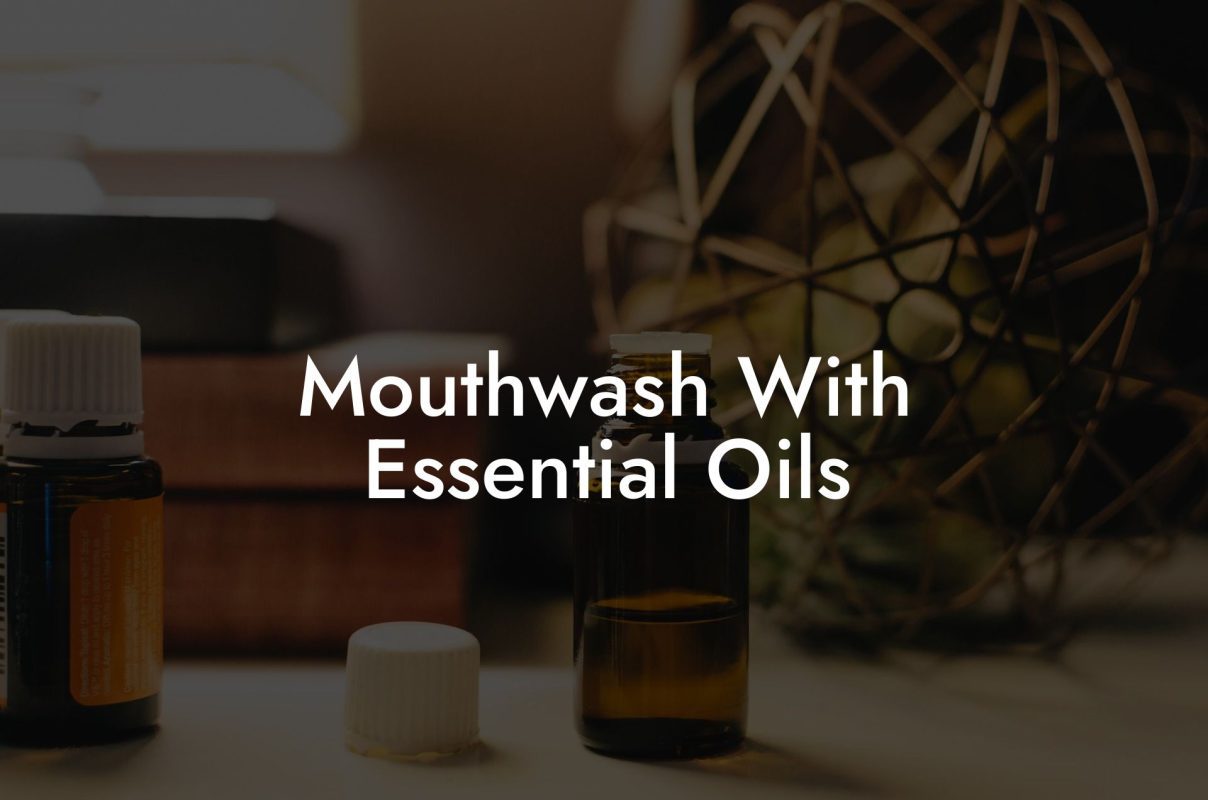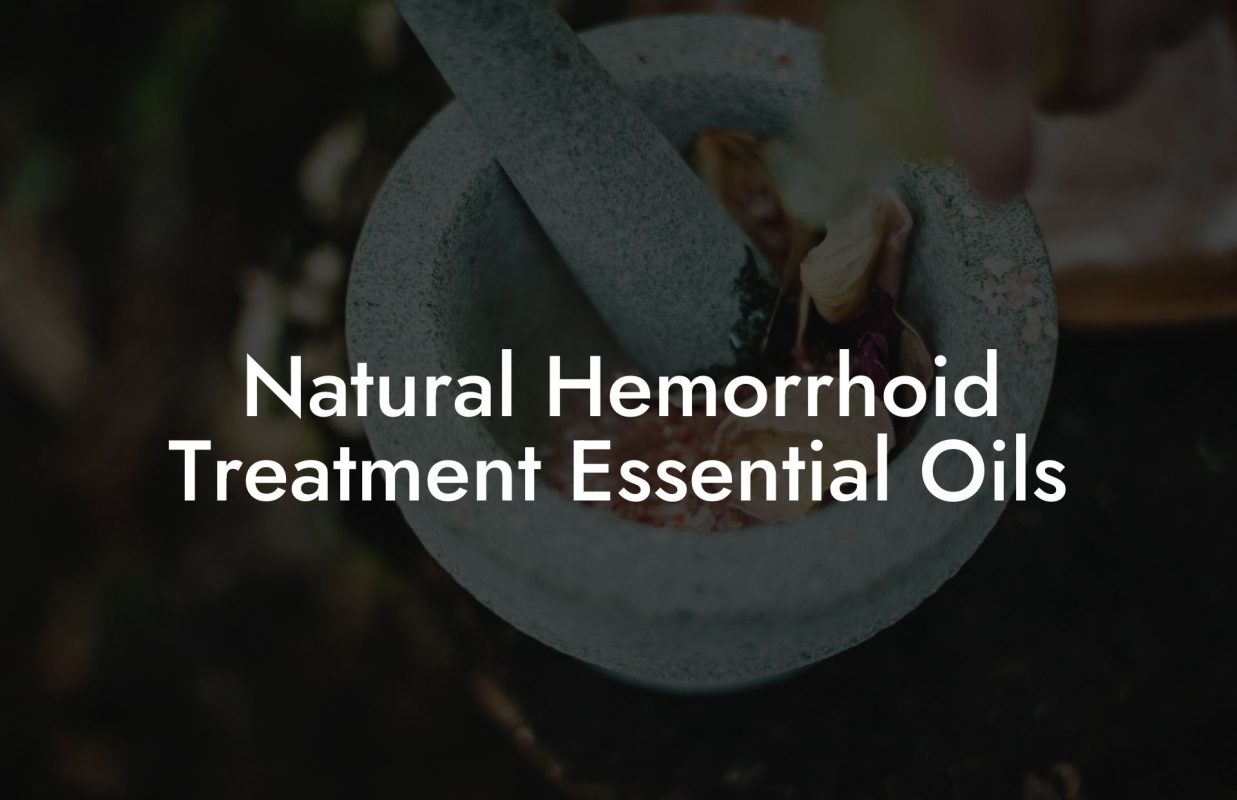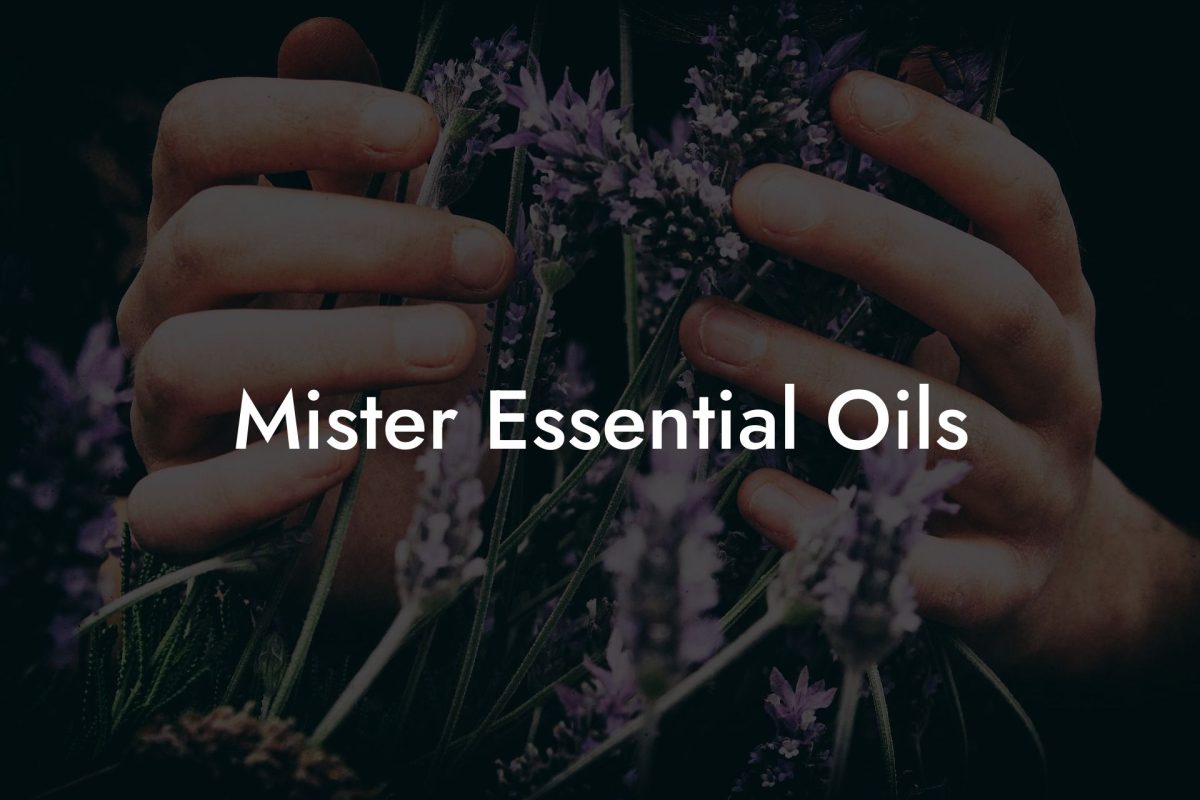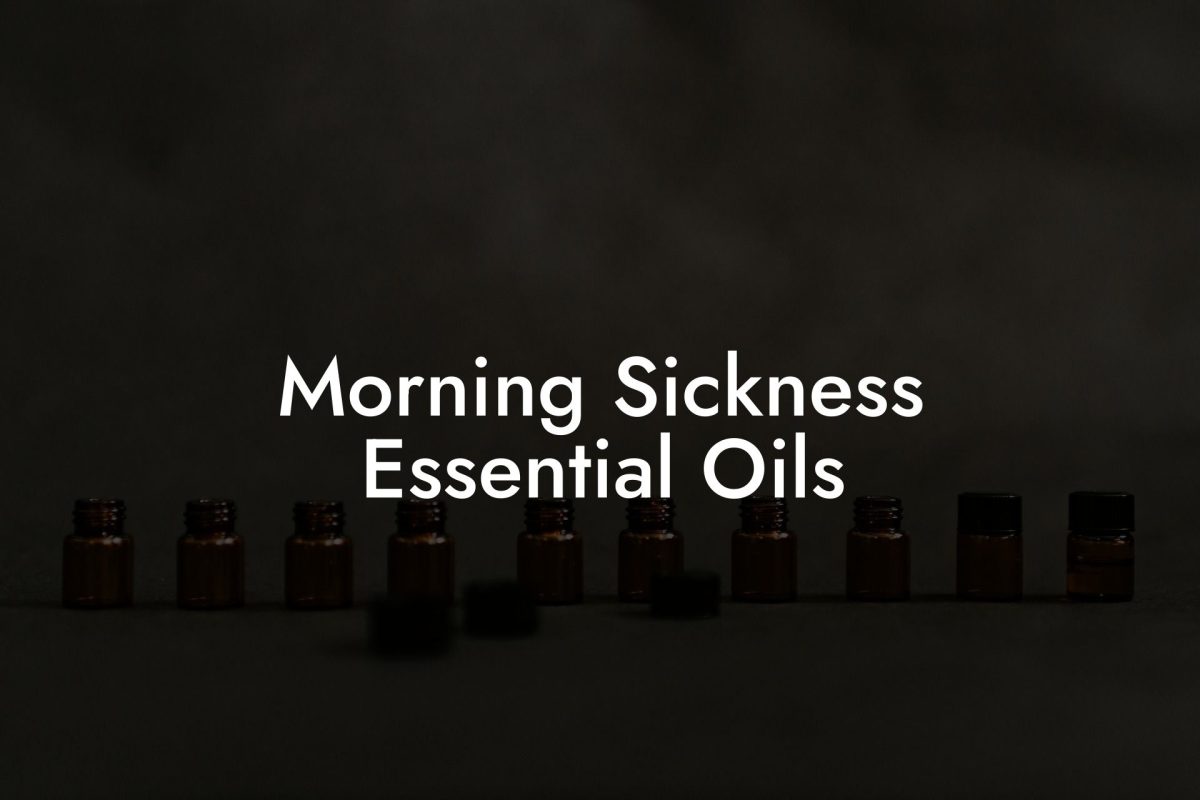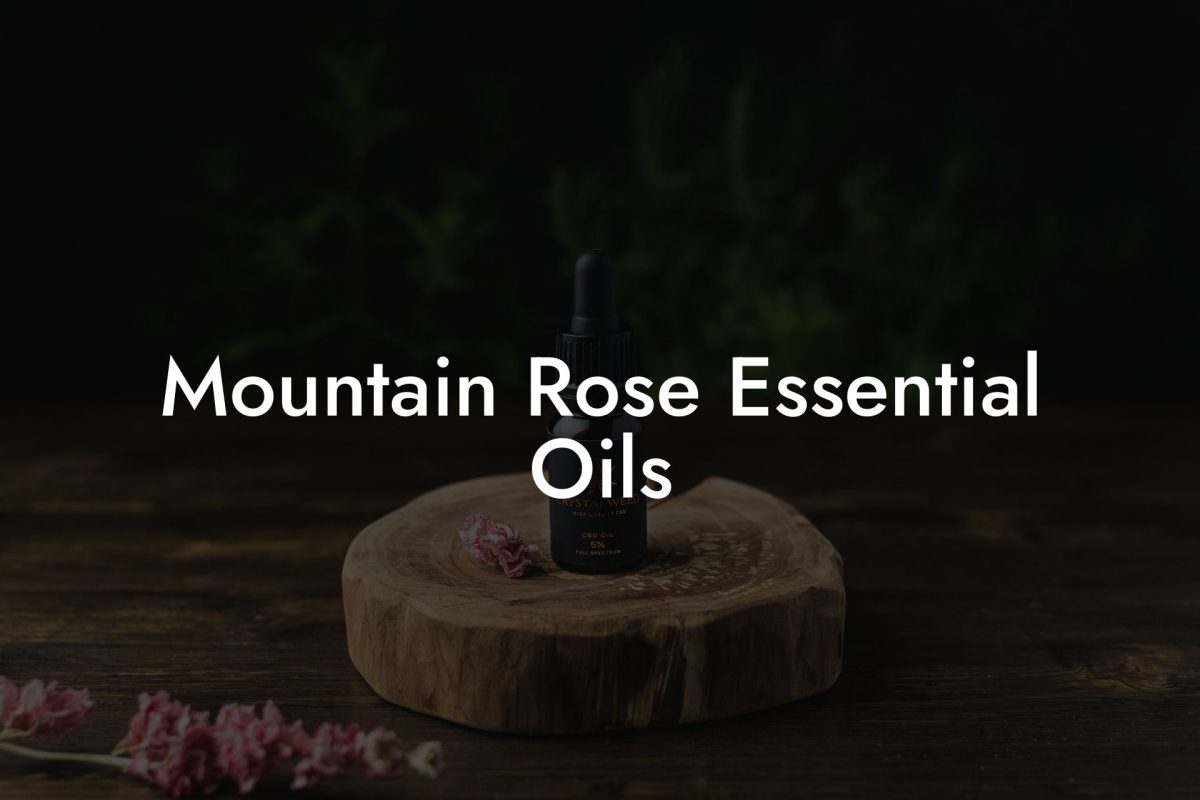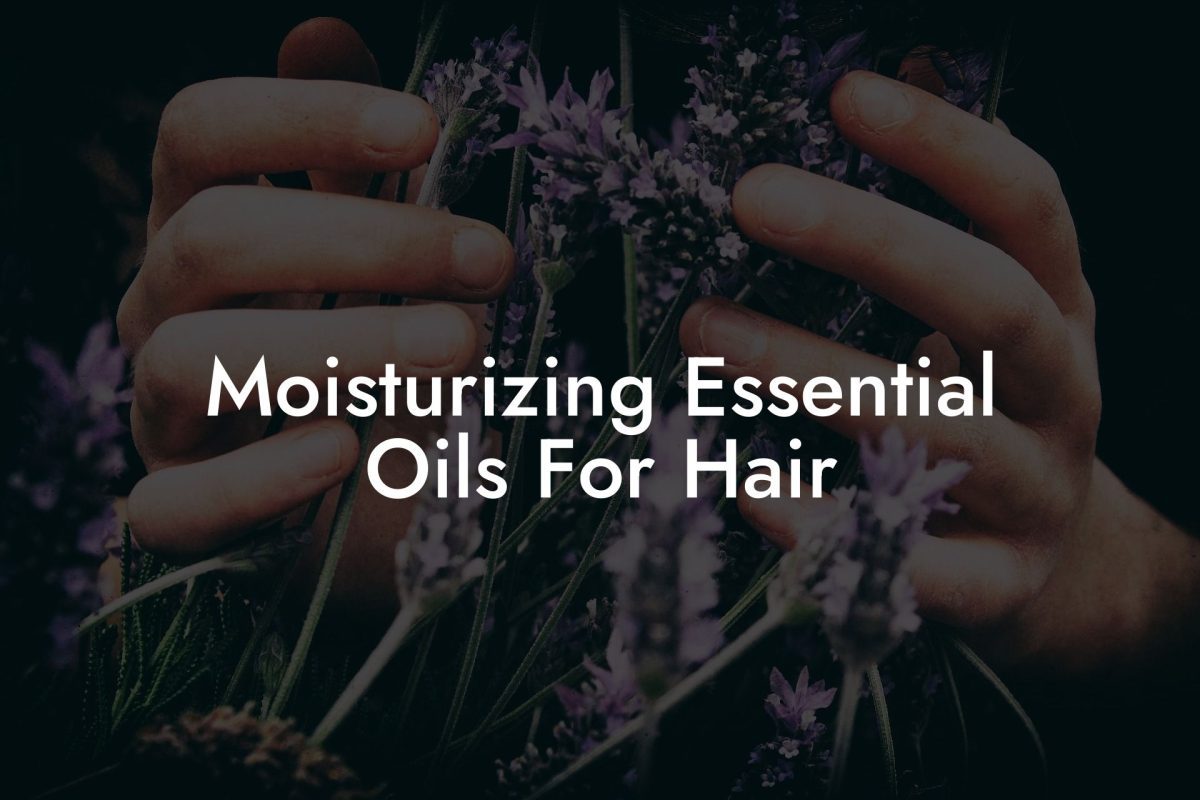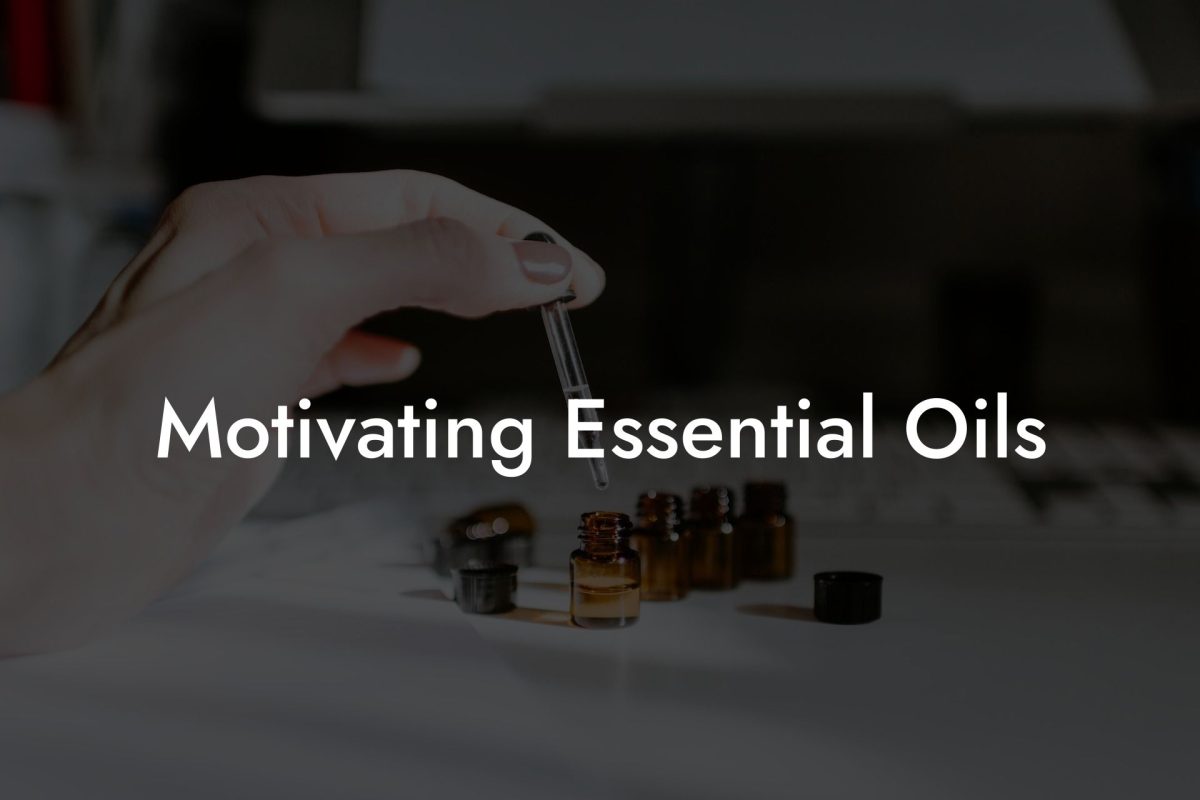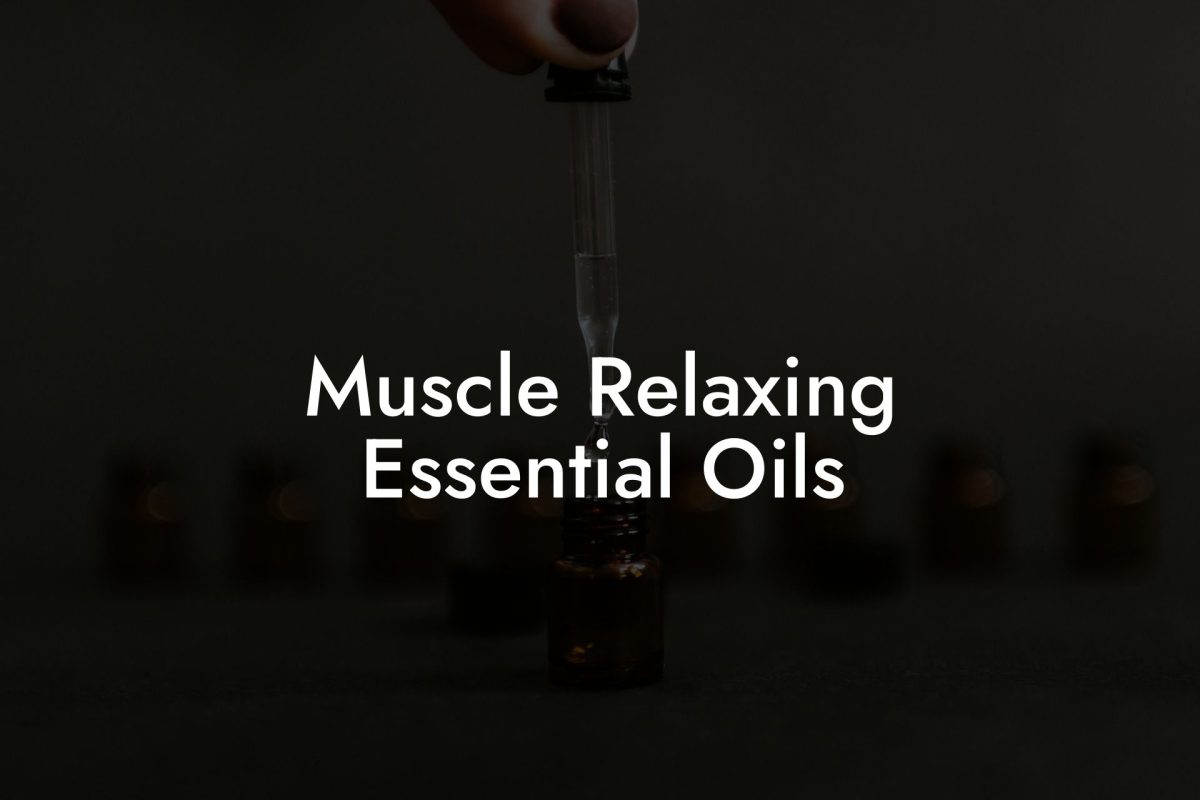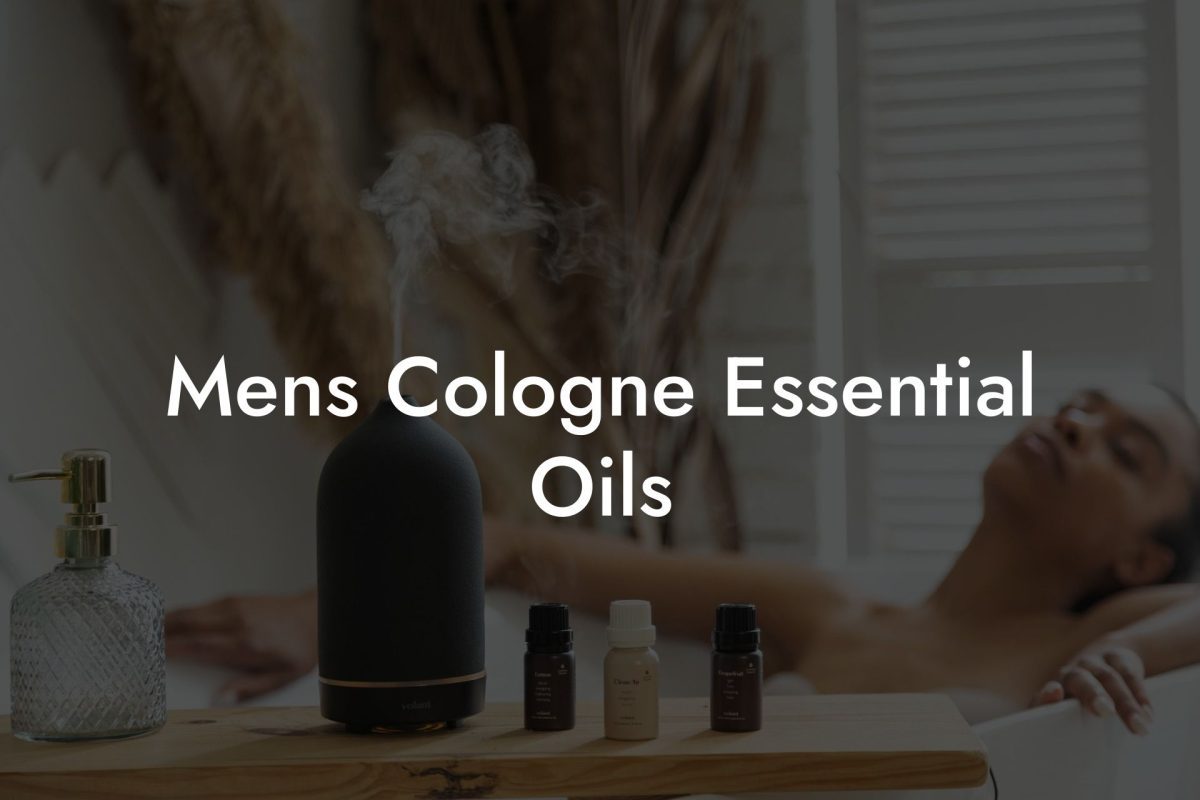Perfume making is both a science and an art, blending stunning aromas to create a personal statement and unique fragrance. Many people are switching from commercial perfumes to essential oil perfumes due to their natural benefits and personalised scent. In this article, we will explore the world of essential oil perfumes and teach you how to create your very own recipe, using the knowledge and skills of our Oshu Oils aromacologists.
Table of Contents
The Basics: Choosing Your Essential Oils
Essential oils can be classified into three categories, depending on their intensity and evaporation rate – top notes, middle notes, and base notes. A well-balanced perfume contains a mix of these categories.
– Top notes: These essential oils are the first to evaporate, providing an immediate and fresh scent. Some popular top note essential oils include lemon, bergamot and eucalyptus.
– Middle notes: These oils take longer to evaporate and form the core of your fragrance, lasting for a few hours. Examples of middle note essential oils are lavender, chamomile and rose.
– Base notes: These are the longest-lasting oils, providing a deep, rich scent that lingers after the top and middle notes have evaporated. Vanilla, sandalwood and patchouli are common base note essential oils.
Tips for Blending Essential Oils
1. Experiment: Try mixing different essential oils to find your preferred combination. Learn how each oil interacts with the others, and adjust the proportions to achieve your desired aroma.
2. Be patient: Essential oils change their scent over time, so allow your blend to mature for a few days before making adjustments.
3. Dilute carefully: Essential oils are highly concentrated, and it is important to dilute them with a carrier oil, such as grapeseed or coconut oil, before applying on the skin.
Crafting Your Essential Oils Perfume Recipe
Now that you have an understanding of how essential oils work, you’re ready to create your own personalised perfume recipe.
Step 1: Choose your oils
Select one or more essential oils from each of the three categories (top, middle, and base notes) to create a balanced perfume.
Step 2: Blend your oils
As a basic guideline, follow this proportion: 30% top notes, 50% middle notes, and 20% base notes. Feel free to adjust these ratios depending on your preference.
Step 3: Dilute with carrier oil
Add about ten drops of your blended essential oils to 10 ml of carrier oil. You can experiment with different carrier oils, such as jojoba, almond, or fractionated coconut oil.
Step 4: Store and age your perfume
Transfer your perfume blend into a glass bottle, preferably one with a rollerball or dropper for easy application. Allow the perfume to mature for a few days to a week, giving the scents enough time to meld and create a harmonious blend.
Essential Oils Perfume Recipe Example:
Here’s a simple essential oil perfume recipe that you can try:
– Top note: 3 drops of Bergamot
– Middle notes: 5 drops of Lavender, 3 drops of Geranium
– Base notes: 2 drops of Sandalwood
Blend these essential oils together and dilute with your choice of carrier oil, then store in a glass bottle. Remember to let it age for a few days to let the scents meld beautifully.
We hope this article provided you with insight into the unique and fascinating world of essential oil perfumes. By crafting your own essential oil perfume, you can create a truly personal fragrance while reaping the natural and therapeutic benefits of essential oils. Share this article with your friends who might be interested in experimenting with essential oil perfumes, and explore Oshu Oils’ exceptional range of high-quality essential oils and resources for your next recipe.


